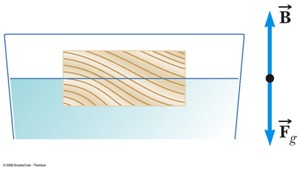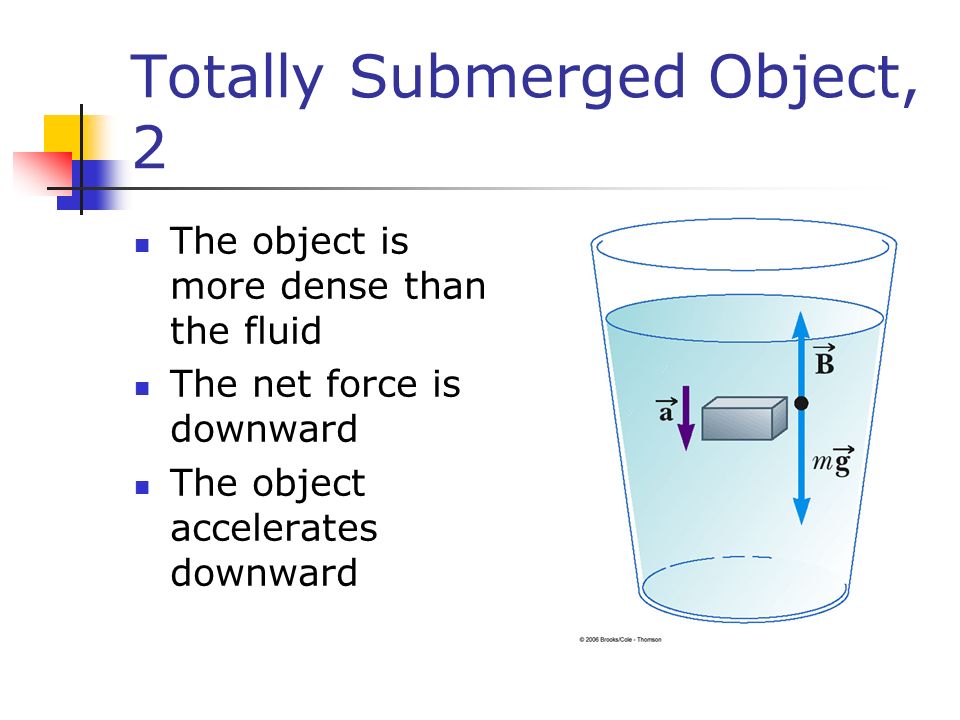Buoyancy is the upward force which opposed the weight of an object in Fluids (gas or liquid), So ignoring the normal force, what you need to focus on are these two formulas Fb = mg or = pfluid * Vsub * g and the Weight = mg or pobject * Vtotal of object * g.
So to answer your question: "However, I do not understand how an object completely submerged in water could still float?
If it is more dense how can it float wouldn't it just accelerate to the bottom? According to my book
an object under water can float because it has the same density of water. If this is the case what made the object go under water in the first place? "
Those two highlighted statement pretty much answer tour own question. So if an object is less dense than the fluid in which it's dropped in (Pf >>> po) then it follows that the upward force exerted by the Buyant force actually exceed the weight of the object, thus the object will float. This is the part that you're understanding thus far, now let's move on to the next case.
When the object is as dense as the fluid in which it;s submerged in, the Net force acting on the object becomes Fnet = Fb - W , becuase those two forces are equal in magnitude due to Fb = mg or = pfluid * Vsub * g and the Weight = mg or pobject * Vtotal of object * g, and that for floating object Vsub/Vobject = p of object/p of fluid; it follows that in this case Vsub = V object (thus the object is completely submerged.) Now let's look at the motion, because Fnet = ma , in this case Fnet=0 , therefore a = 0. Thus the object won't accelerate upward downward, but will stop moving at the point where the Fb=W of object. Let's say i was to dropped an object with a density of 1 into a fluid of the same density, at firs the object will accelerate downward because the weight exceed the buoyant force as the latter depends of Vsub. However as the object travel downward towards equilibrium because the object is a dense as the fuild, it will stop moving when Fb = W or at the point the entire object is submerged. So, in short, object with the same density as the medium will accelerate downward till Vsub = Vobj, where the Fnet= 0
If an object is more dense, then it will accelerate towards the bottom because in this case, the Weight of the object is now heck of lot larger than the buyant force. That is, even if Vsub = Vob, Po is still greater than Pfuild , thus pfluid * Vsub * g (Fb) is less than pobject * Vtotal of object * g; thus the object will accelerate downwards.
This also explain why, when you push or force a ball into water (completely submerging it), the ball will accelerate upwards because the Fb >> than the weight of the object (p of ball <<<<< than that of water)
 upload high resolution photos
upload high resolution photos


